By Graham Henry – First Published Rod&Rifle Vol. 1 No.3
In twenty years of hunting in New Zealand I have found that the most common question I am asked by other hunters, particularly inexperienced ones, is “where did you go to get that deer?” The assumption that the questioner is making is that if only he knew where a successful hunter had shot a deer then he could go to the same place and get one for himself. With the problems of access and low animal numbers that have resulted from commercial operations the aspiring hunter of today is an optimist if he believes that a successful man is going to give him a map reference to his favourite hunting area. I remember a Saturday afternoon on a rifle range when I was talking to a group of younger shooters about a recent trip from which I had brought back a very good winter chamois skin.
“Where did you go to get it?” I was asked.
“The South Island”, was my reply and while my questioner looked a bit surprised at receiving this detailed information one of his companions, more experiences in the ways of hunters, laughed and told him it was about the answer he deserved for asking such a question.
It was not my intention on this occasion to be obstructive and I went on to provide some help to the aspiring chamois shooter. Most hunters will tell you of the general area they hunt in but you can hardly expect them to give you the exact location of a favourite creek head or slip that keeps the family in venison and the butcher’s bill within reason.
If you know from general information that there are deer in a certain geographical area and you have arranged legal access to that area then you have only one problem left. You have to find out where within that area you can find a deer at the particular time of day and season of the year you happen to be hunting in. Deer, like humans, are warm blooded animals and they have like requirements – food, shelter and a sense of security. The human population of New Zealand is not spread evenly over the country. Consider areas like Nelson or Hawke’s Bay, the lowlands are sunny and fertile and support many people living close together on small areas of land while only a short distance away dry hill country requires farms maybe fifty times as large to support a family. So it is with wild animals, they will be found much more readily in areas within a larger region where food, shelter and security make living relatively easy.
A fisherman approaching a trout pool or sailing out into a harbour does not fish all the water available. He selects a portion of the water which he knows from study of the currents and of the bottom to be the most likely to provide food and cover for the type of fish he is seeking. A hunter should do just the same, spending as much time as possible in the most likely areas and by passing the less productive country between. I have heard many disappointed hunters tell of unsuccessful weekends and often the stories are very similar. The tell of ground covered, huts visited and miles of track walked. Their complaint is that having covered so much ground they feel that they should have seen some animals. This theory that the more ground you cover the more animals you should see is a commonly held one but it is not a theory that is soundly based. As we have just seen deer are not evenly spread over an area and time is better spent in concentrating on smaller favourable areas. The other thing wrong with the travel far and wide theory is that the further you want to travel in a day the faster you must move and fast movement is just want the careful stalker must avoid.
Deer, in common with most animals, are not good at distinguishing a stationary object but they are ever alert to movement and unexplained or unnatural movement means danger to them. The skilful stalker spends much of his time pausing and looking and when he does move he does so slowly and carefully and then pauses and looks again. Even when he pauses the hunter should be taking care. He should have some irregularly shaped object behind him so he is not obvious against the background and above all he should avoid being silhouetted against the sky. This means more than just being off the ridge top, it means being well down the side of the hill so as to avoid appearing as a silhouette to an animal below. It was not for nothing that the experienced deer culler was reputed to end his career with one leg shorter than the other. His way of hunting was to sidle the side of a valley working his way through every gut and gully. This method of hunting certainly cuts down the miles covered in a day but it greatly increases the chance of seeing a deer and what deer are seen are usually within rifle range. It is always tempting to take the easy route, to stay on level ground and to avoid broken or scrubby country but what the hunter should be looking for is an area suitable for a deer to live in, not country that makes it easy for humans to walk around.
Another commonly expressed view is the idea that it is not worth hunting in public access areas such as state forests and forest parks because since anyone is allowed to hunt there there won’t be many animals left. If this ever was true then commercial hunting from the air has tended to iron out the differences since helicopters seem to be very bad at reading lines on maps and they are certainly unable to see boundary fences.
At least three-quarters of my own hunting is done in areas open to anyone who makes an application to the Forest Service for a permit and only once in the last two years have I returned without any venison. Seven deer in 1978 and eight in 1979 may not be large tallies but in all cases except one a kill meant at least the hindquarters carried out and an average of about twenty kilograms of boned meat for the freezer. As long as you don’t try to deduct the value of the meat from the housekeeping this sort of success makes it easy to get permission for another weekend away with the rifle and a record of the total savings you reckon you have made makes it easier when you return from the local gunsmith’s with a new rifle or another scope.
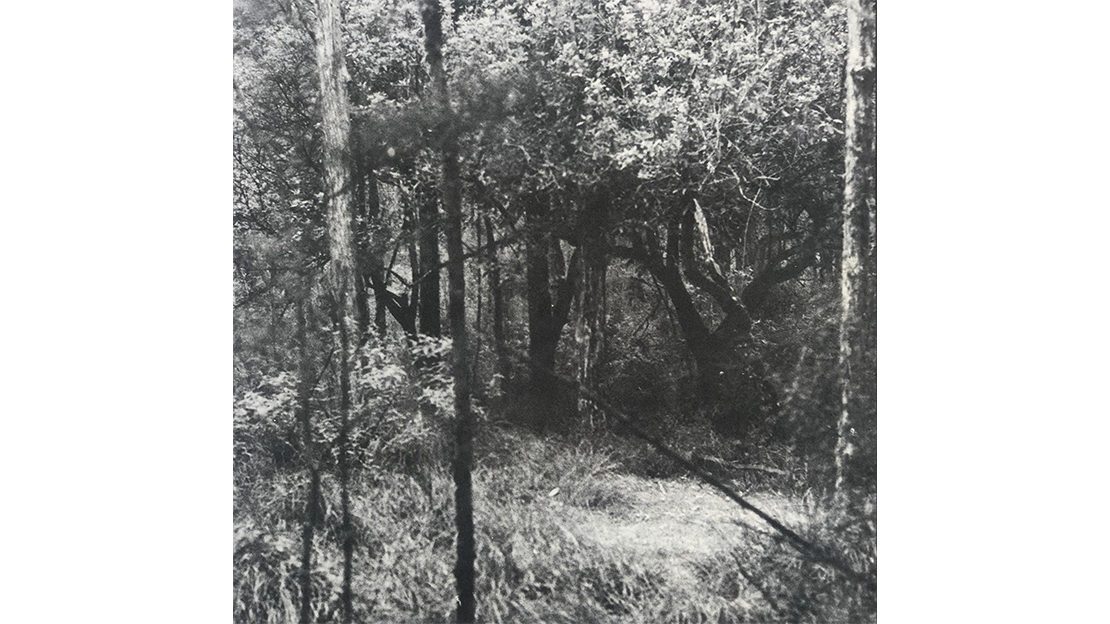
If you are to be consistently successful in a public hunting area you need not only to be able to outwit the deer but you must also try to be a better hunter than the others who may be in the same region. A good hunter who is in position by daylight and watching an area favoured by deer may have his venison hanging in a tree before others have left the hut. Trampers or tardy hunters travelling a track or ridge top may disturb an animal and move it so that the early bird already in position may get an easy shot. There is a special satisfaction in taking an animal from an area that others consider to be shot out just as a fisherman enjoys pulling up a big one while someone in a boat nearby sits holding a limp line.
Deer are most likely to be found in particular spots within a general area at different times of the day and they are also affected by seasonal variations. A beach may be overrun with people in January but in July you may not be able to see anyone for miles and so it is with animals. A river flat that on a November morning provides a deer fat from eating spring grass will be frozen solid in mid-winter, the sun may not reach the valley floor at all during the day and grass growth will be zero. At such a time the deer are much more likely to be in the sheltered head of a gully on a northern facing slope. Here the bush will be relatively dry and warm and the deer will bed down in the more open bush where the afternoon sun will filter through. The winter is a good season for hunting as large areas of cold damp and thick bush can be ignored and hunting concentrated in the warmer drier areas.
Summer is very much a time for being out at dawn and at dusk. The days are so long that eighteen hours may be spent on the hill if you are away from the hut before dawn. In these circumstances I find that the best scheme is to find a comfortable hollow shaded by a bush and sleep from about 10 a.m. to 4 p.m. This sleep refreshes you for the careful watching and waiting that you must do when the deer starts to feed in the evening. Hunting in the middle of the day in summer is usually unprofitable anyhow as the animals will certainly be bedded down and the dry conditions make it very difficult to approach them.
During November the hind gets rid of the yearling that has been running with her all year and prepares for the birth of her new fawn. This leaves the yearling on his own and a bit lost as how to behave in the interests of his own safety. Yearlings tend to be restless and can be seen to come into the open and move about during the day while and move about during the day while older and more cautious deer are bedded down out of the hunter’s view. Such a young yearling may provide a fortunate hunter with an easy shot and has the additional bonus of being good eating and light to carry out. However there are many more stupid hunters wandering round in the open than there are stupid deer doing the same thing so the midsummer hunter should stalk just as carefully as he would at any other time of the year.
Autumn is the hunter’s season. The season of the roar. The problem of locating an animal is solved by the stag’s announcement of his presence and once an animal is located the sound then the hunter has only to plan his stalk until the stag can be seen. Before the day of the helicopter the mountain basins were the mecca of the autumn hunter but now the animals will be found in cover and this increases the problem of getting close without disturbing another animal. The trophy hunter is looking for the master stag not one of his hinds or one of the smaller stags that may be hanging about the fringes of the master’s territory.
The other problem of stalking by sound during the roar is the risk of physical danger to the stalker. Two hunters may be stalking the one animal or worse still the two may be stalking each other and giving in to the temptation to shoot at noise, movement or an indistinct target may lead to a fatality. This danger is most real in the central North Island areas populated by sika deer and I know several hunters who refuse to ensure State Forest 90 during April. If more than one party is shooting in the same valley or operating from the same hut then there should be a clear understanding worked out beforehand as to who goes where and the same sort of arrangements should be made, and stuck to, by members of the same party. The real tragedy of most shooting fatalities is that it is usually one of the victim’s own group who fires the fatal shot.
In areas like much of the South Island beech forest country where there is a clear distinction between river flat, bush and tussock top the seasons of the year used to clearly dictate which of these areas to hunt. Now stalking must be much more in the bush and deer numbers in much of this open beech forest are very low. In mountains such as the Tararuas where there is a belt of sub-alpine scrub between the bush and tussock. Then there is no doubt as to where to hunt. The animals are in the scrub and so should the hunter be. I know that scrub is nasty, knotted, noisy and often not negotiable but that is where the deer are and if you wanted an easy walk you could have stayed home and had that. The other problem with hunting in the scrub is that you have to walk for two, three or four hours to get from the road and up through the bush and this seems to be beyond the powers of many weekend hunters. Many times I have left a road end car-park in the Tararuas after counting fifteen or twenty cars and yet when a sub-alpine hut has been reached I have been surprised to find that I was the only shooter there. The problem seems to be excessive affection for motor vehicles which leaves the owners feeling weak and faint if they venture far from the comforting smell of burnt petrol. I have seen deer at road ends too but I have seen many more, and had much more satisfaction in the seeing, while sitting on a spur in a sub-alpine basin with the dawn breaking behind me and the first rays of the morning sun highlighting the red coat of a deer feeding among the leatherwood.
The meat hunters may have taken the deer from the river flats and helicopters robbed you of the chance of seeing the thrilling sight of groups of deer feeding out on the tussock tops but there are still deer in New Zealand. Your hunting ground may be the bush of Westland, the beech forest of the northern South Island, the scrub of the Tararuas or the Rushinas, the forest of the Urewera, the beech that covers the Kaimanawas or the manuka of the Kawekas. Wherever you are headlined, stop beforehand to consider the season of the year and the deer’s requirements for food, shelter and safety. Plan your hunt carefully and be in position at the time that will give you the most chance of seeing your quarry as it moves about while feeding. Once you’re are in position in such an area then don’t move far and when you do move, move slowly. You are the interloper, the casual visitor, the deer is in his chosen habitat, chosen because the advantages it gives him as he struggles to survive with a price on his head.
If you do not see a deer then it is not because there were none to see. It is because you were not early enough, not careful enough, not quiet enough or maybe not patient enough. All you can do is to return to your camp or hut and think over what you have learned from your day. Knowing more about the country you have hunted return to the same place the next day and use your new knowledge to be in better position earlier and perhaps this time you will see the deer before it sees you.
It is no accident that the successful hunters you know return again and again top the same favourite spots. The know the areas and this confidence is the key to their success. Like the successful fisherman they are expecting results and are alert to alert to the slightest movement that will betray the presence of their quarry.
Do not then expect a successful hunter to direct you to a deer. Even if he does tell you exactly where to go you will not know the area as well as he does and probably will not be as successful. Find an area for yourself and once you have confirmed the presence of animals there hunt it again and again. As your knowledge grows so will your chances of success increase.

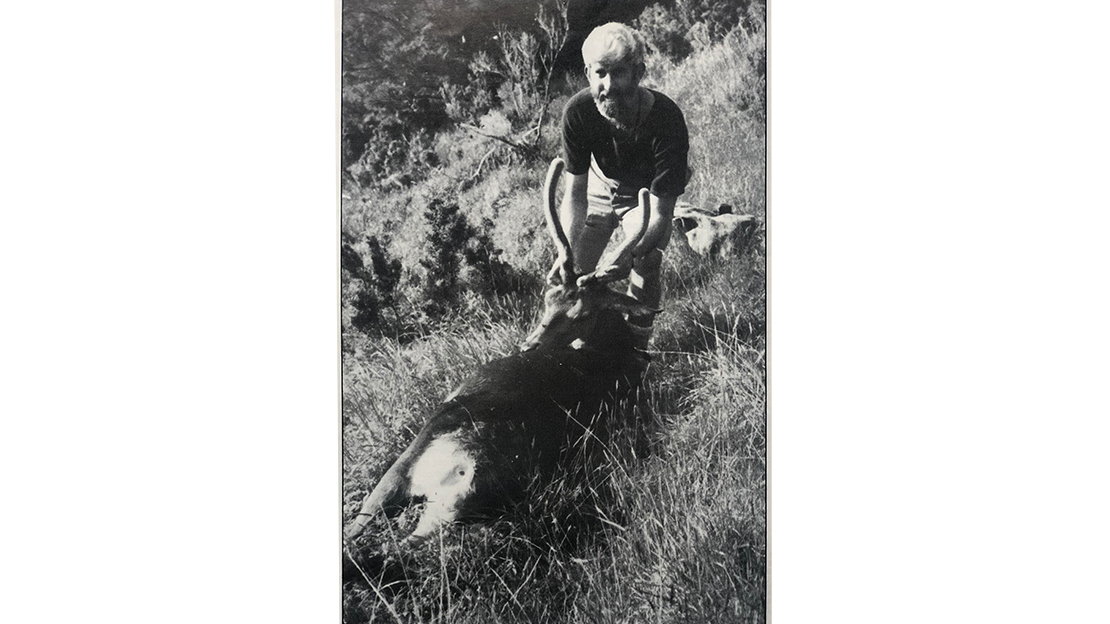
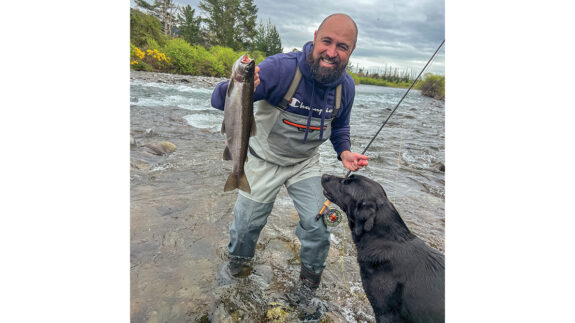
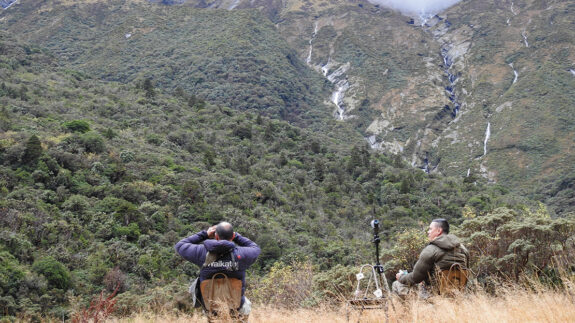

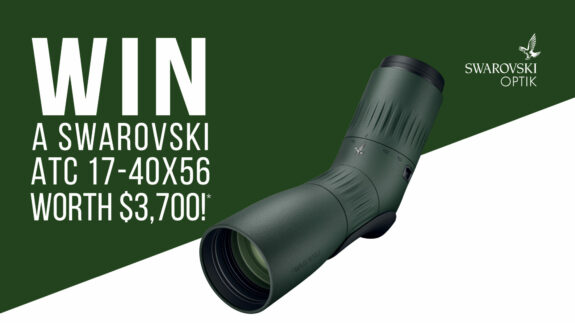
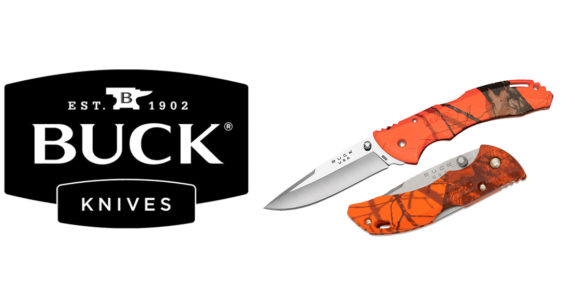
SHARE YOUR BEST PICS #NZRODANDRIFLE